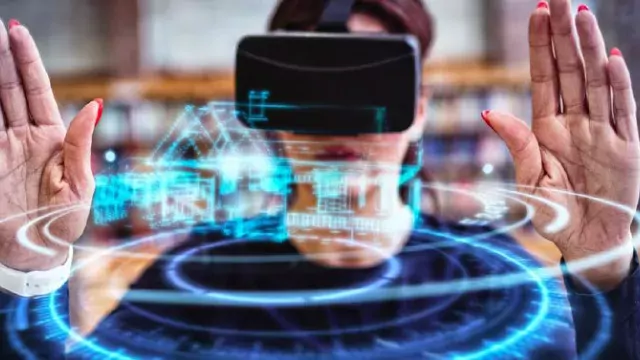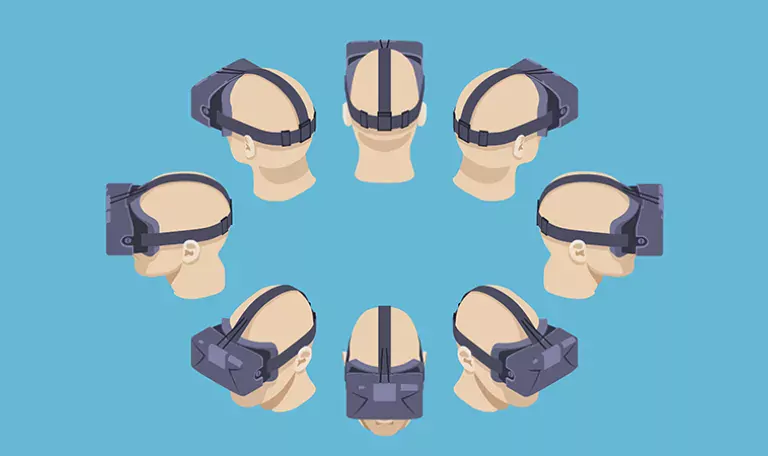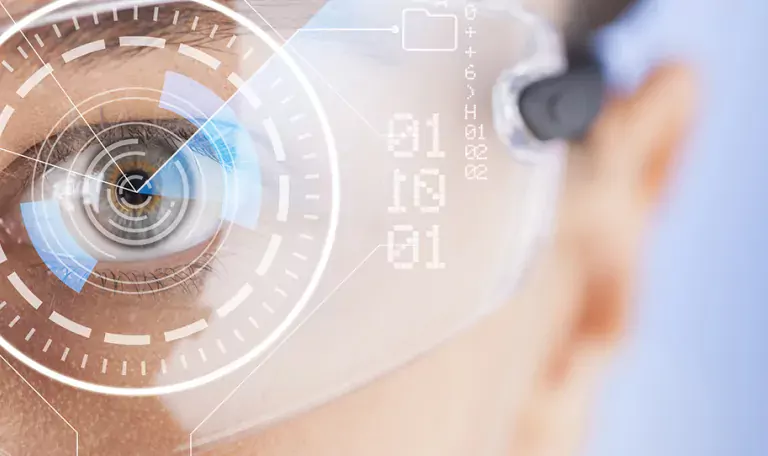There may be no greater misunderstood or underutilised emerging technologies for business at the moment than augmented reality (AR) and virtual reality (VR). As an early adopter of AR, I’ve seen this as well as anyone. I got – and still get – my fair share of strange looks while out wearing my AR headset. Whether I’m walking in to meet a client or out at the movies, AR draws some strong reactions from people.
To the general public, AR is something they’re unfamiliar with and, as a result, sometimes something they feel uncomfortable with. Critics may feel there are privacy concerns – for example, fearing they’ll not know when they might be filmed or photographed – but those same concerns could be echoed when talking about smartphones. A smartphone has the same high-definition video- and audio-capturing capabilities, but people are more comfortable with smartphones because they’re familiar with them.
Fortunately, widespread AR and VR familiarity won’t be an issue for much longer for AR and VR as more people get introductory hands-on experiences with these technologies through gaming and other consumer-focused areas. How do we go from headsets in gaming to headsets in the office? More easily than you might imagine.
Potential is the name of the game
As gaming goes, so does the office. It might seem unlikely that the escapist antithesis of “work” would influence the workspace, but the gaming industry has long been a surprisingly driving force in the world of business. After all, gaming demands led to the development of powerful graphics cards and high-resolution displays. In more recent years, casual gaming introduced in the early days of smartphones pushed mobile devices into more hands and, ultimately, into the workplace, where they changed the way a generation works.
Perhaps most importantly of all? First-hand exposure to AR and VR technologies will help more people realise the staggering potential they can offer to a business. As consumers continue to adopt them, more and more businesses will start to see the potential and follow suit. As we saw with smartphones early on, having internet and email on your phone was something that felt reserved for tech-savvy gizmo enthusiasts or those whose jobs demanded they be constantly accessible. Fast forward a few years and now we can’t live without our smartphones. If someone’s smartphone dies and they don’t have a charger, they feel lost. Augmented reality is going to get to the same place – and quicker than some might think.
Even if “the masses” take their time trying out AR and VR for themselves, the mounting business cases will turn the tide and we’ll see a flood of new use cases as more organisations find creative ways to harness the power of these technologies in their environments.
The next BYOD-level revolution
Many businesses – and even some IT pros – are skeptical of new technology like AR or VR in the workplace and how it will actually benefit them. When I encounter these people, I recommend they think back to the early days of the tablet revolution: At first there was uncertainty around where tablets and other mobile devices would fit into the workplace, with naysayers feeling tablets might just be a trend. However, quickly we realised the business needs they could address. The same thing is beginning to happen now – and will happen further in the coming years – with augmented and virtual reality.
While the technology is still in its infancy, you don’t have to look far to already witness game-changing implementations of AR and VR. Take manufacturing, where AR and VR is streamlining and speeding up production process, making it easier for check-in/check-out along an automobile assembly line, or removing the need for back-and-forth checking of a paper schematic in aircraft manufacturing – instead providing an overlay of their wire diagram that displays over one’s workspace. These advances will reduce errors and issues and also speed up training, cutting back on time spent in front of a computer or in a classroom, with more hands-on time on the factory floor.
Beyond industry-specific use cases, general cross-industry productivity boosts will be undeniable. Need to take meeting notes? Just touch a button and record it with your AR headset so you can focus on what’s being said, rather than typing up notes. Important reminder or message coming in? You see it instantly without having to stop what you’re doing to retrieve and unlock a smartphone or laptop.
Within the next 10 years, I fully expect AR and VR to quickly move from a neat-to-have to a need-to-have for businesses, and it’s going to completely change the way we work. AR and VR will make people’s lives and jobs easier, and we won’t be able to live or work without it.



